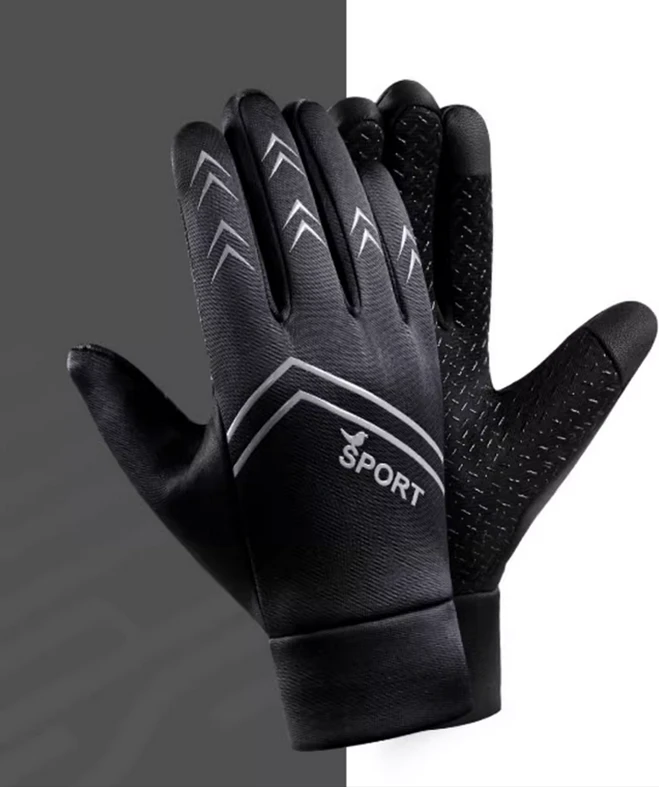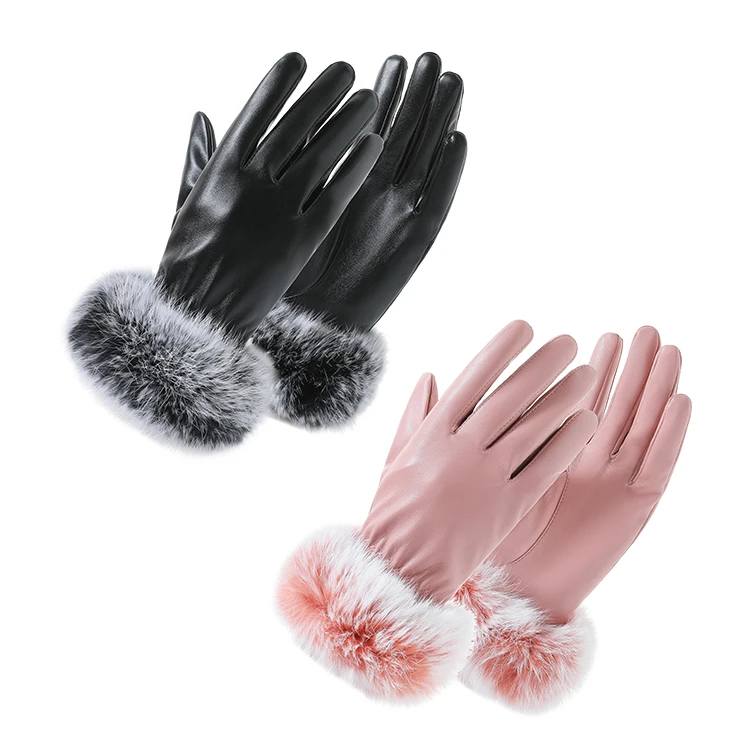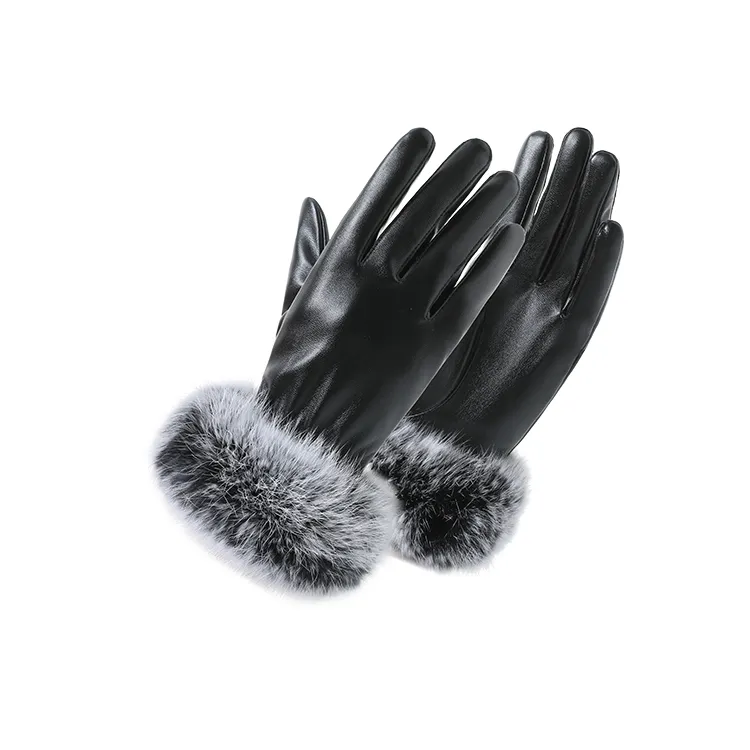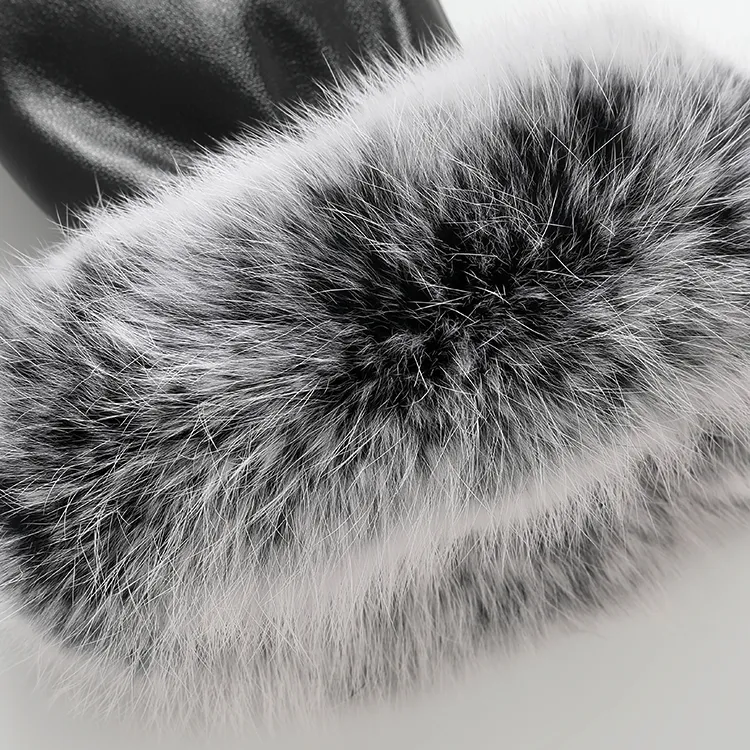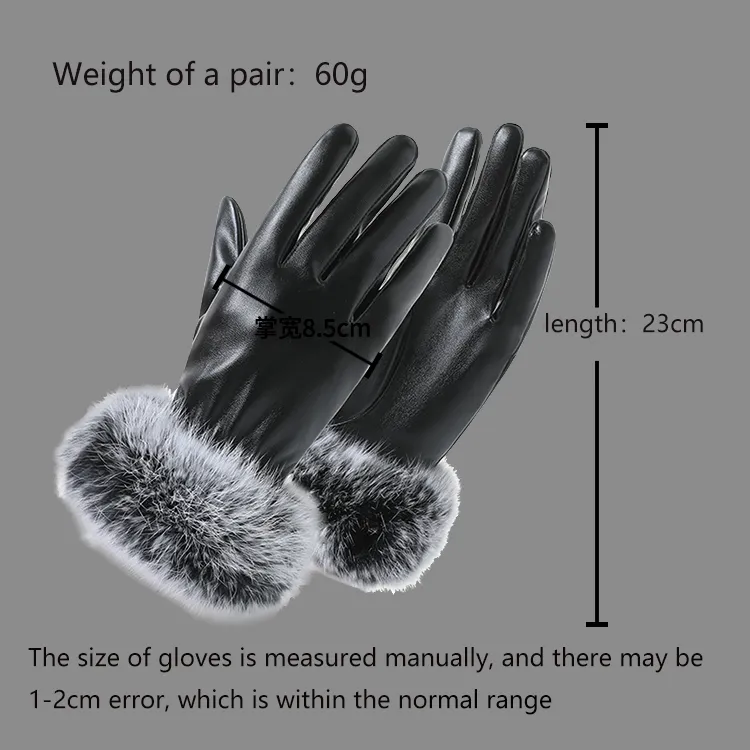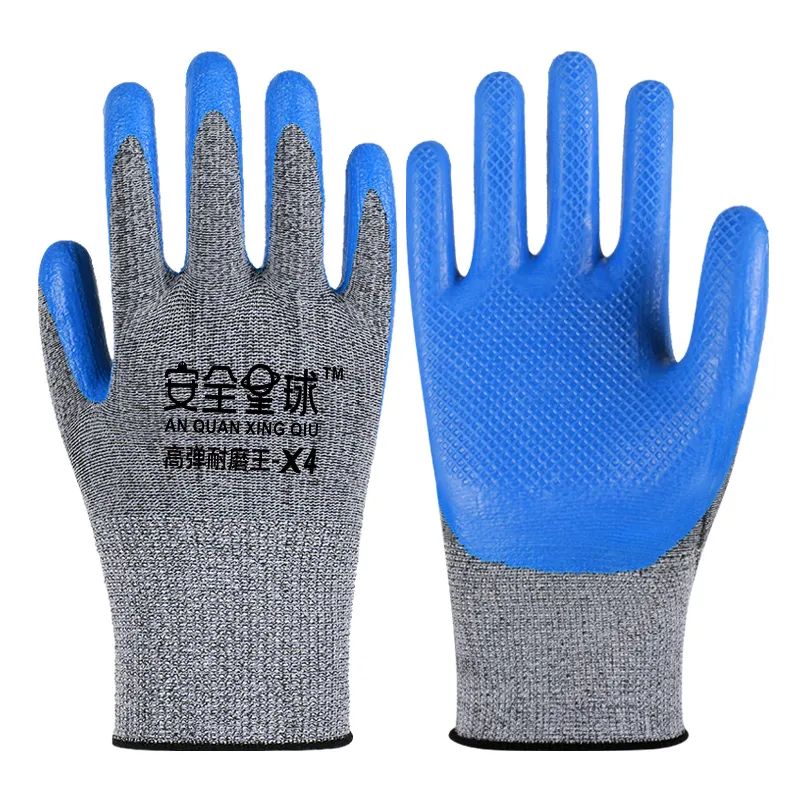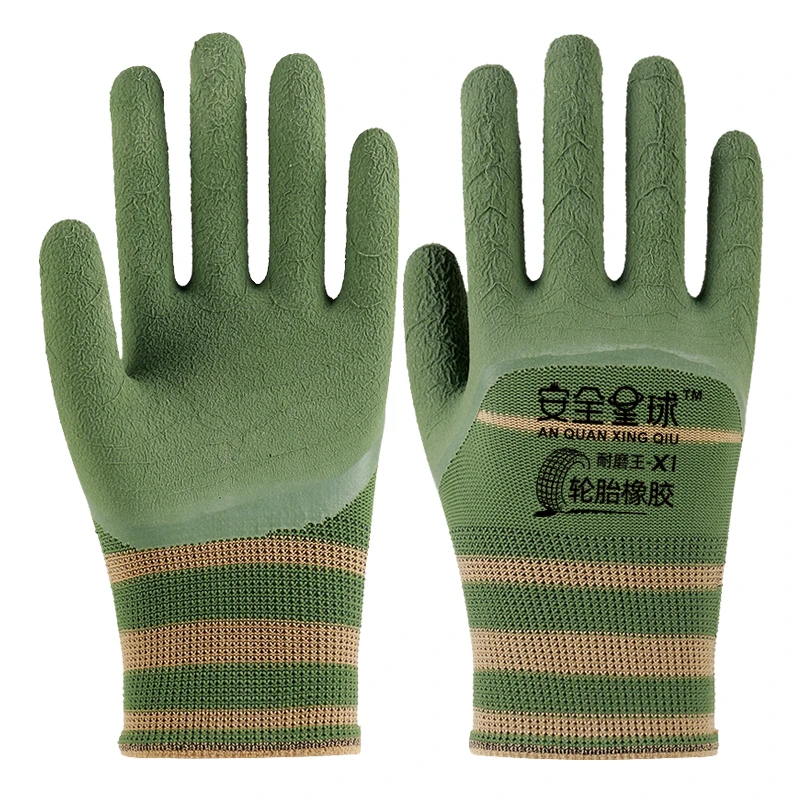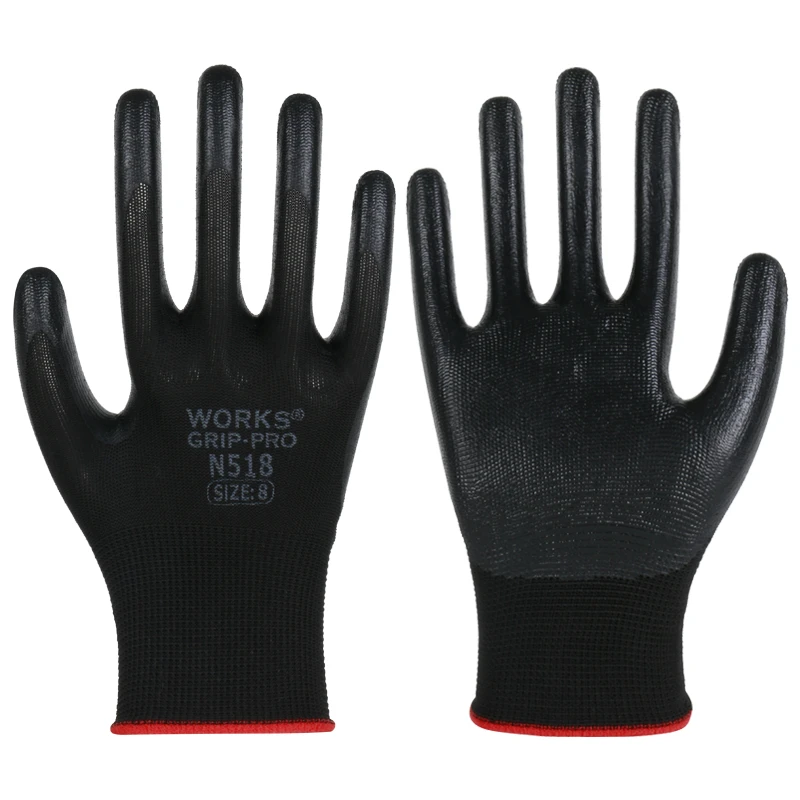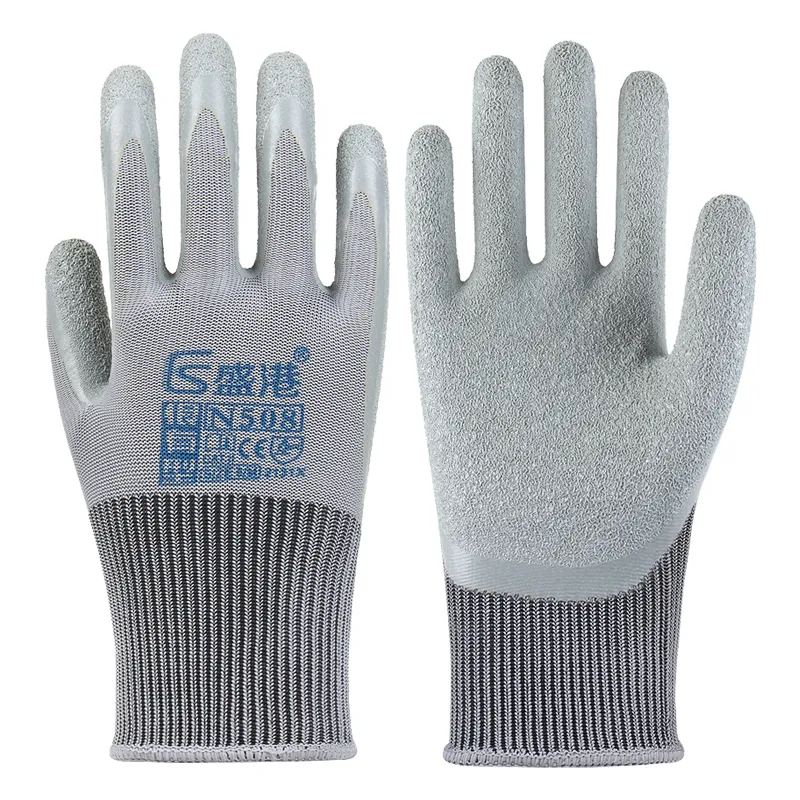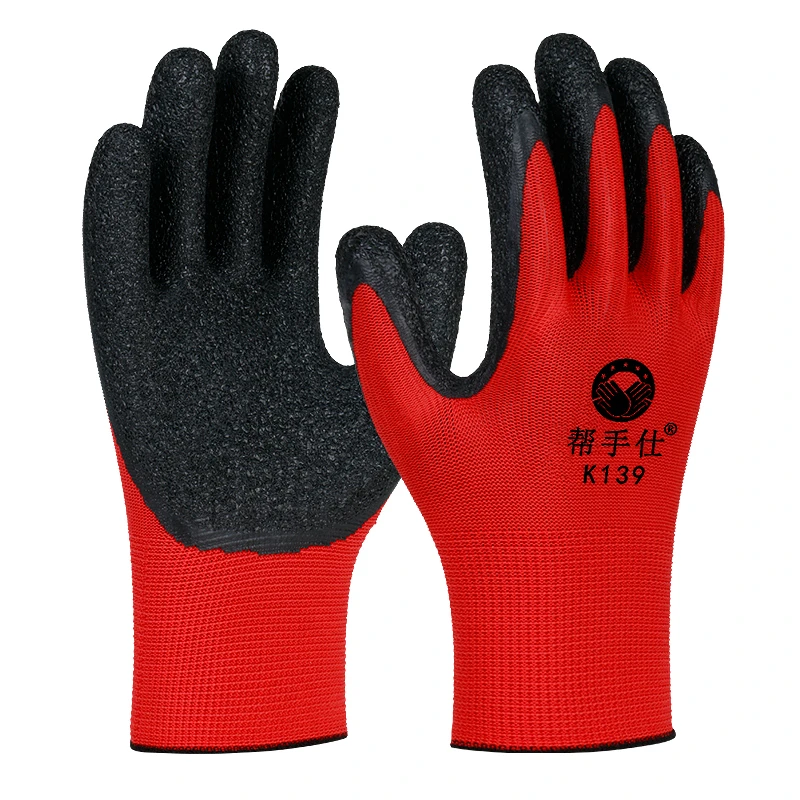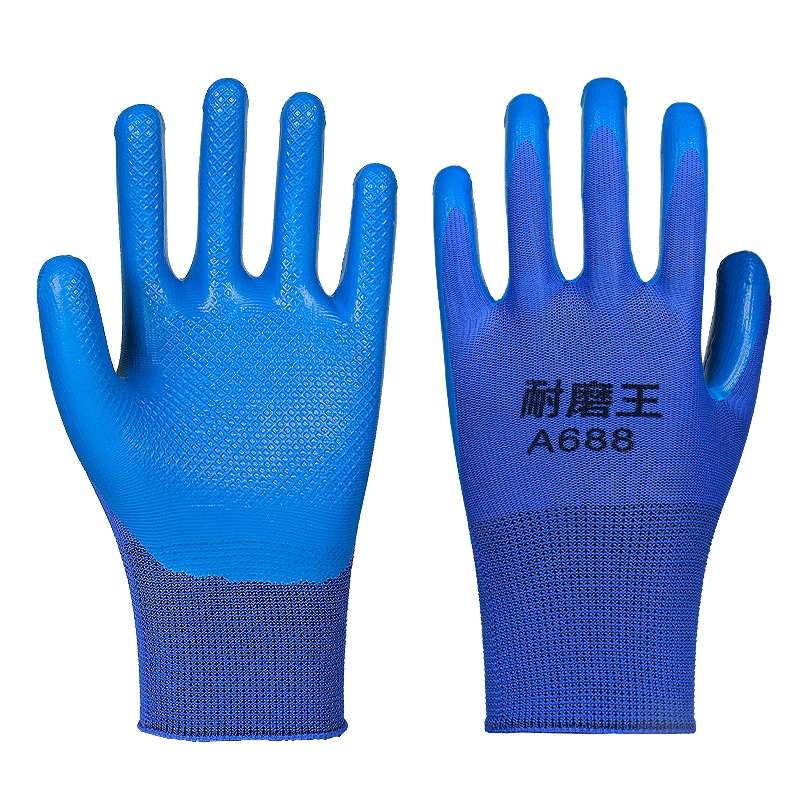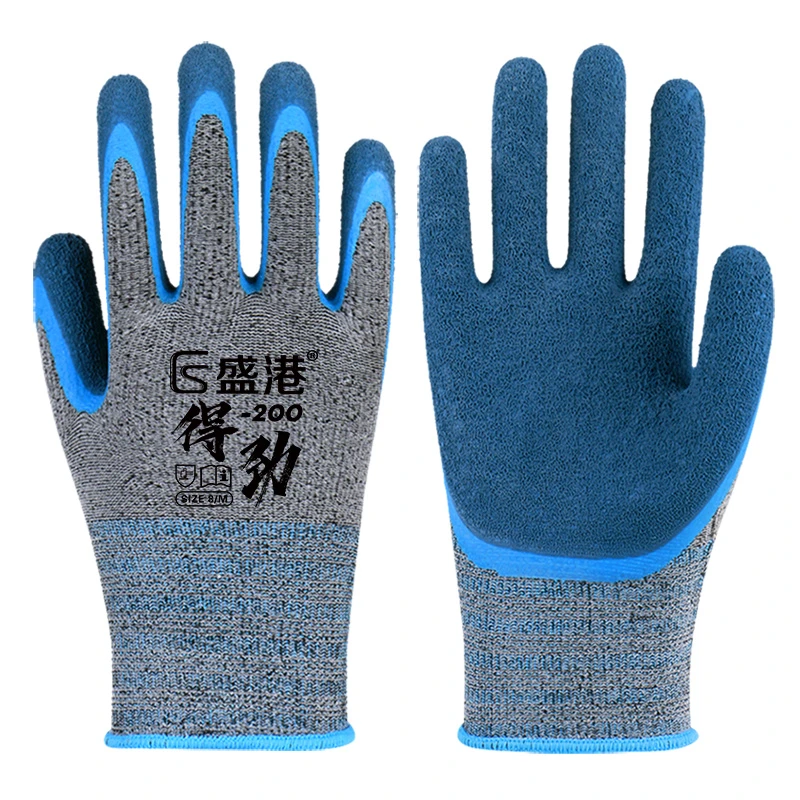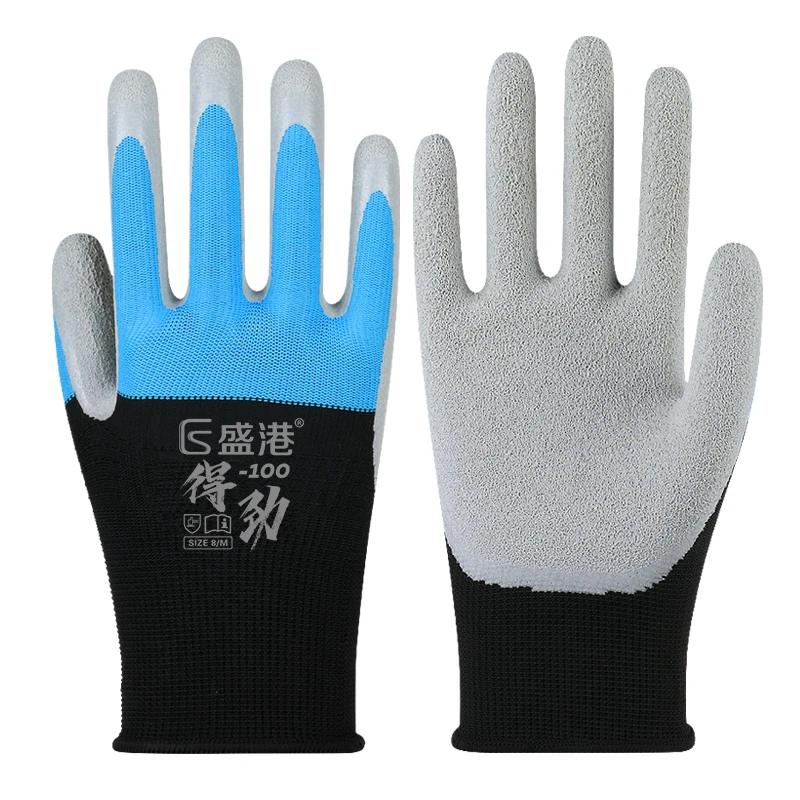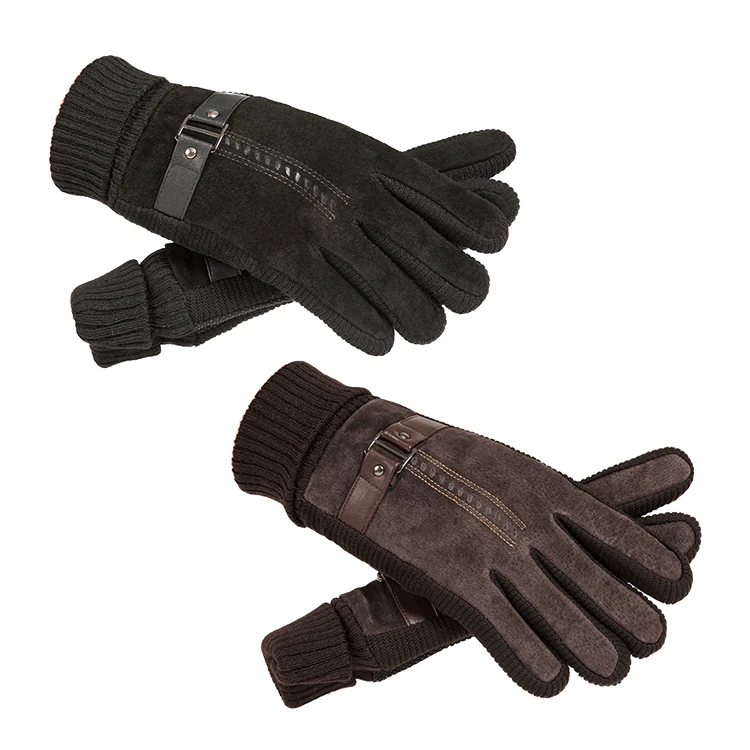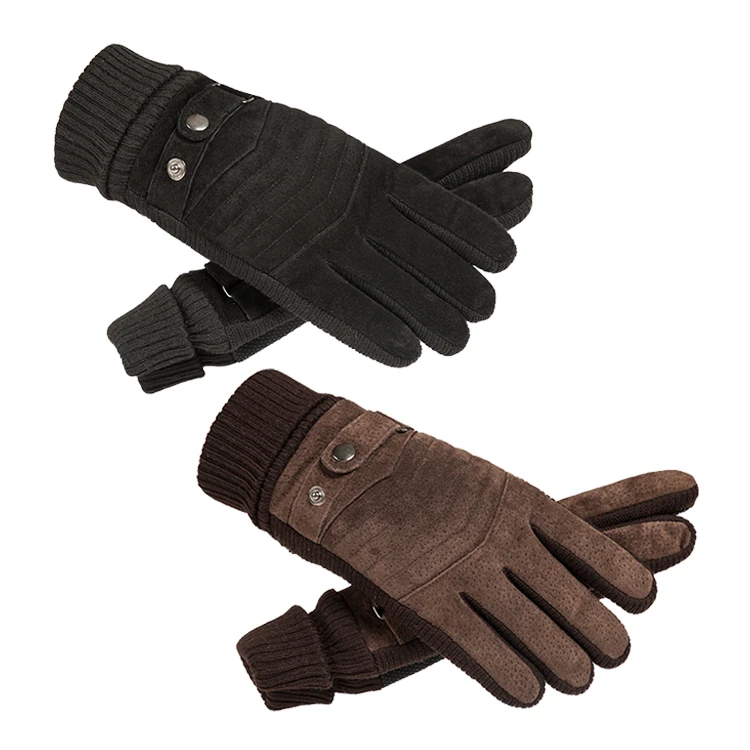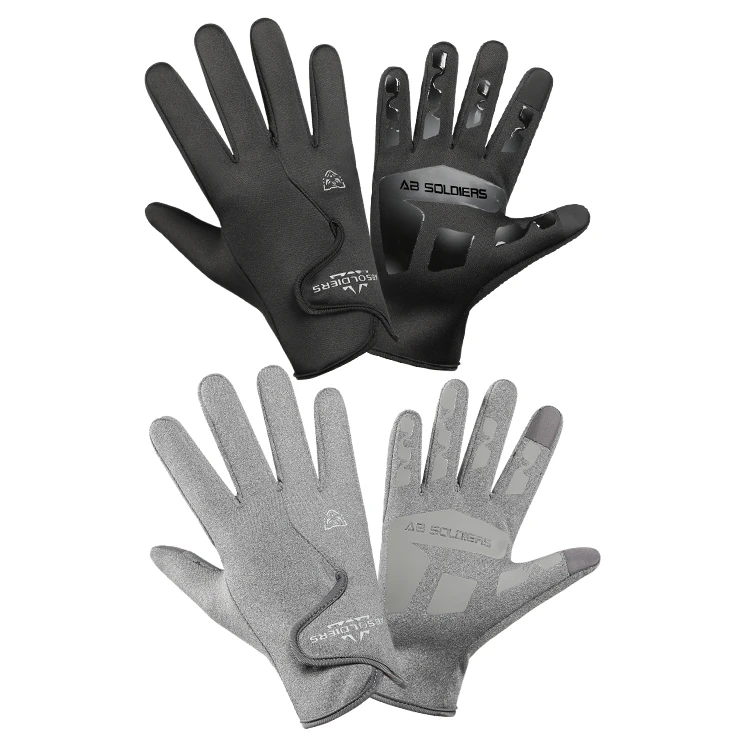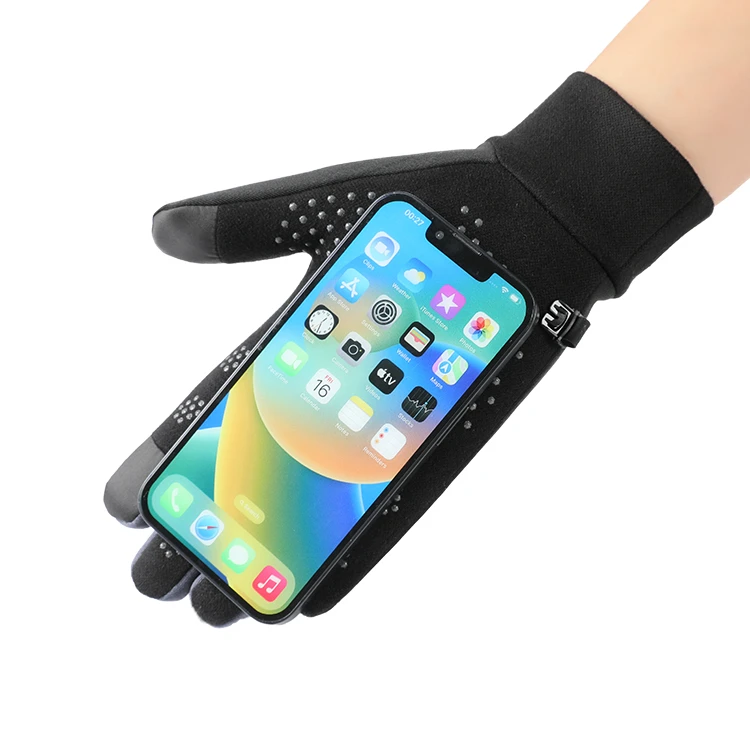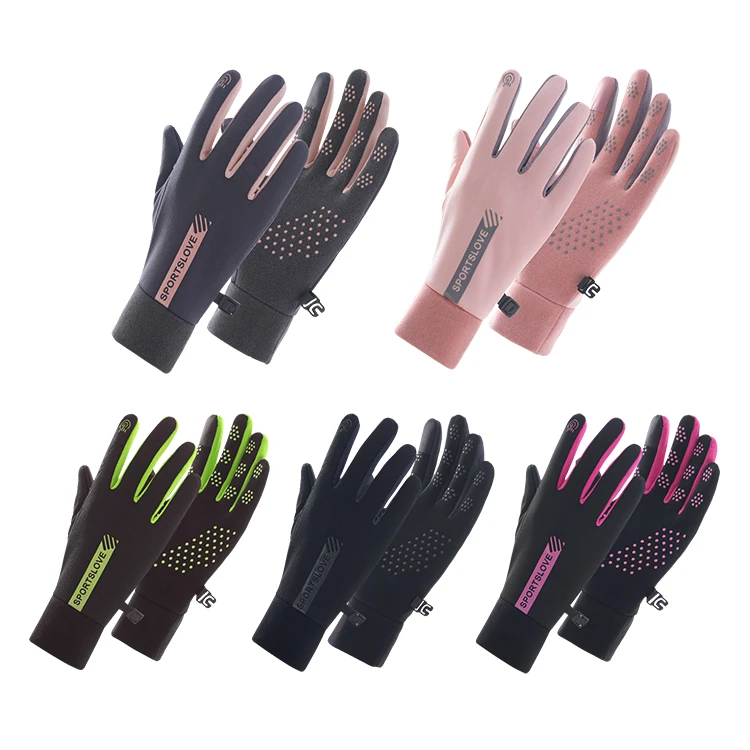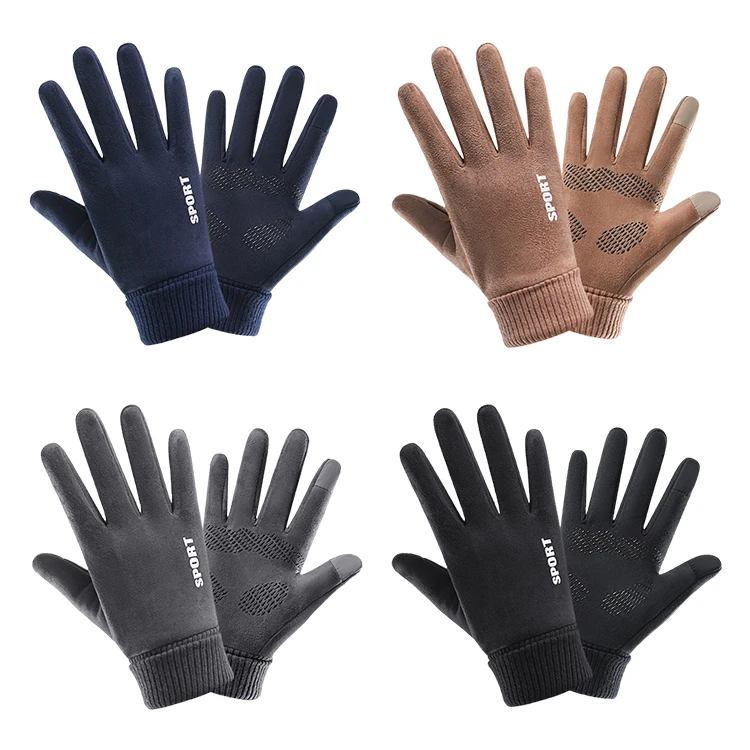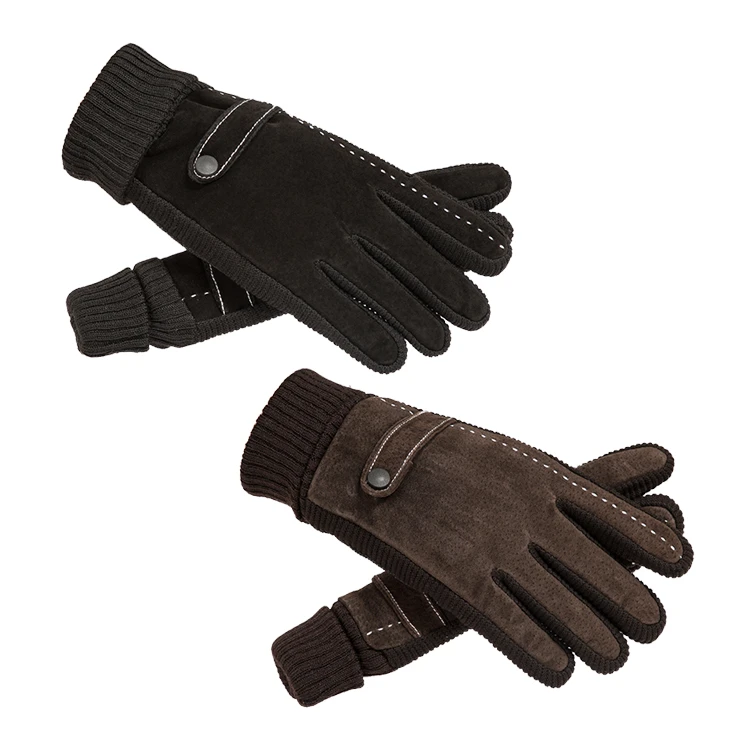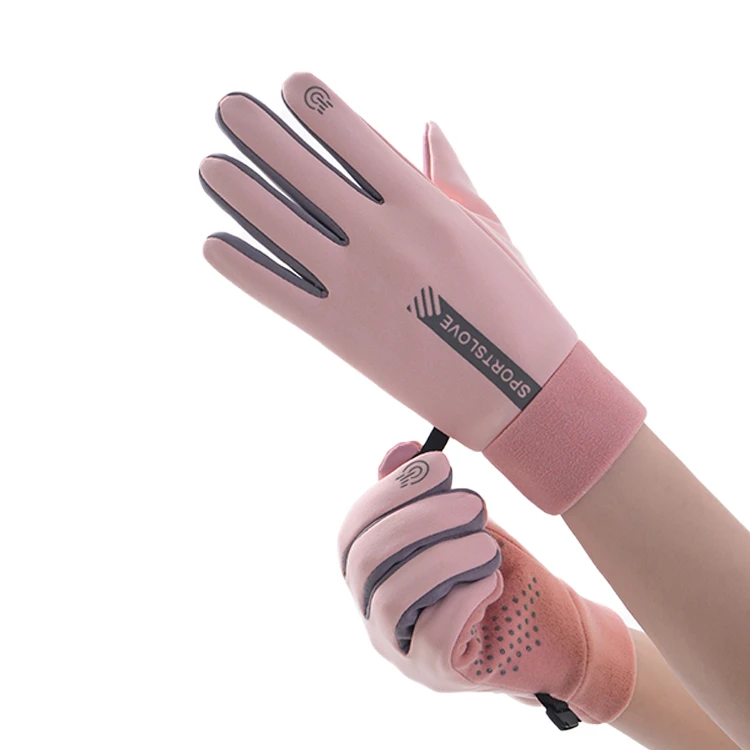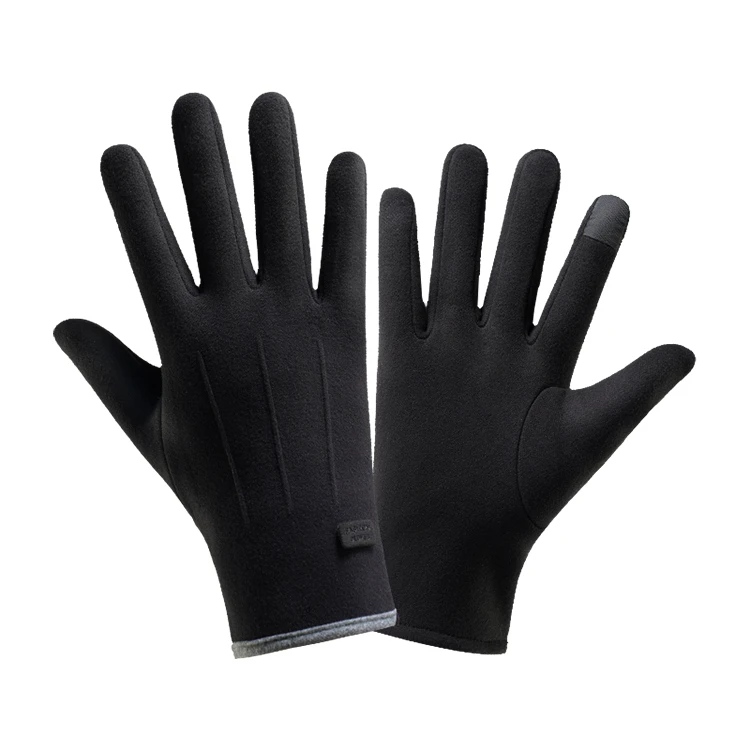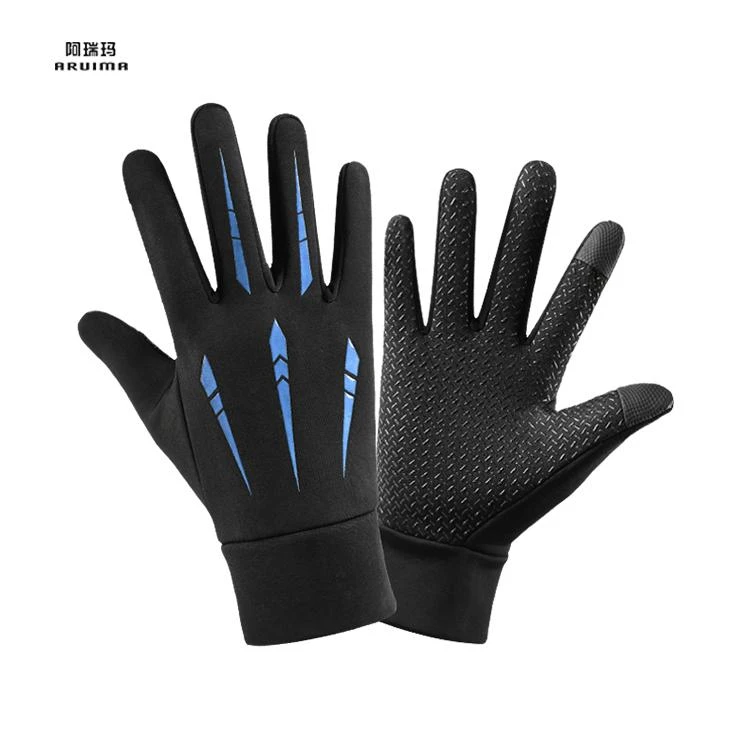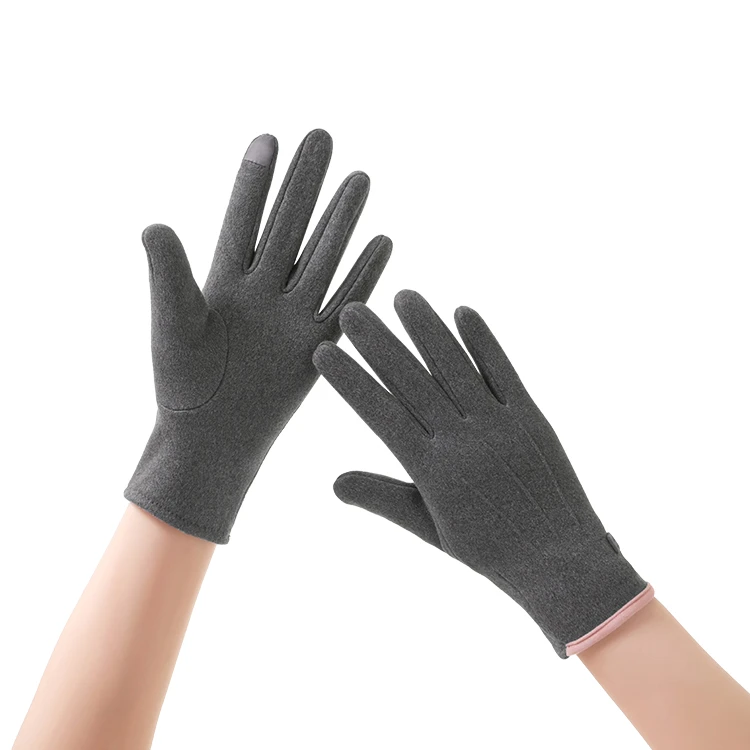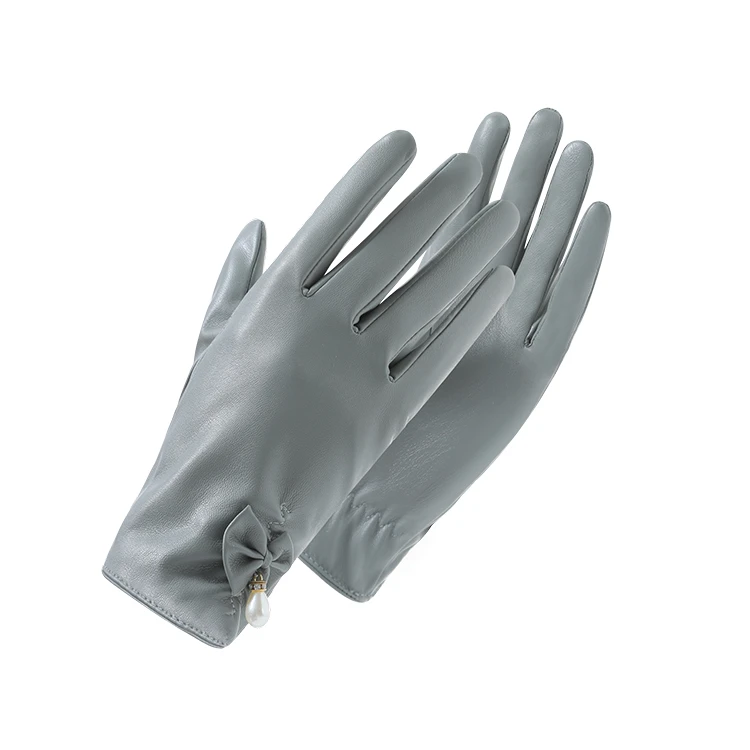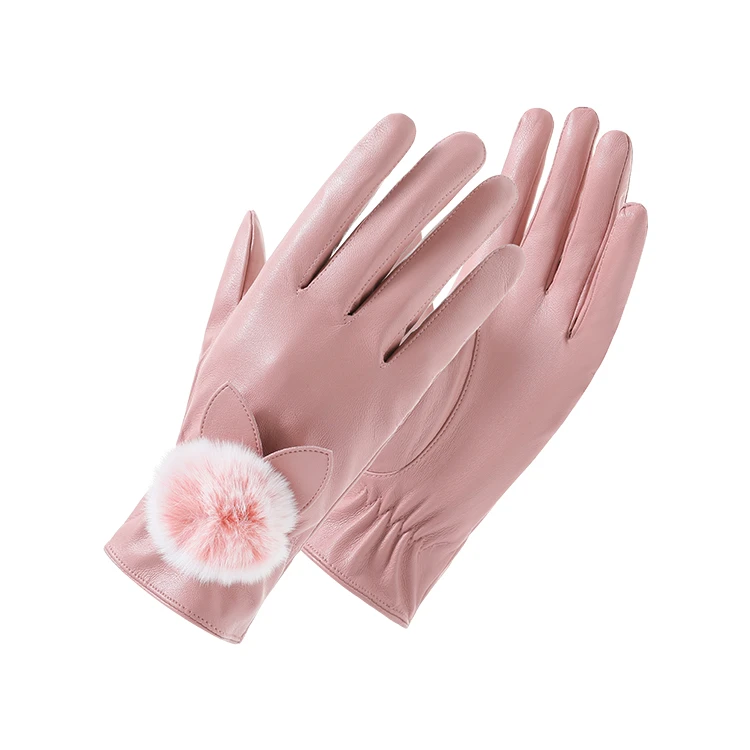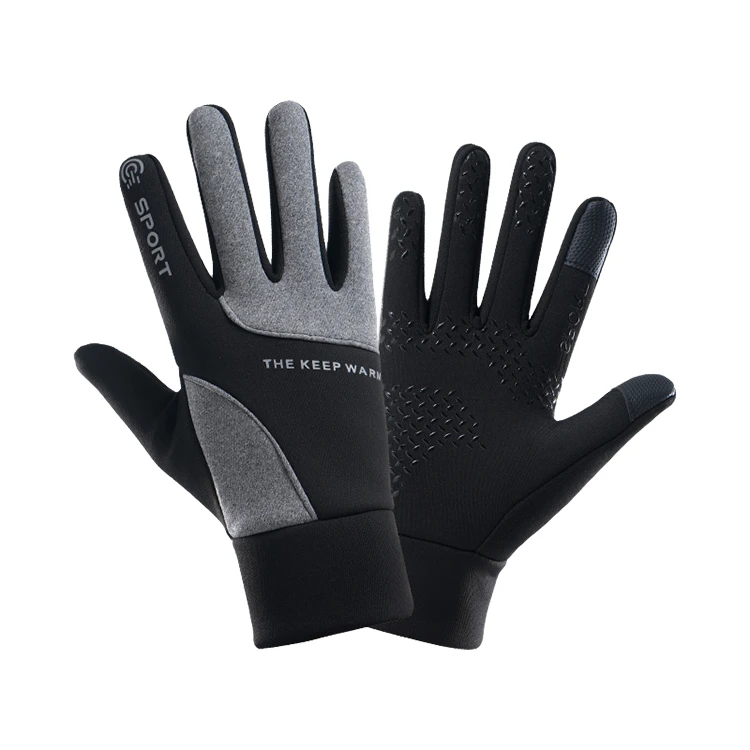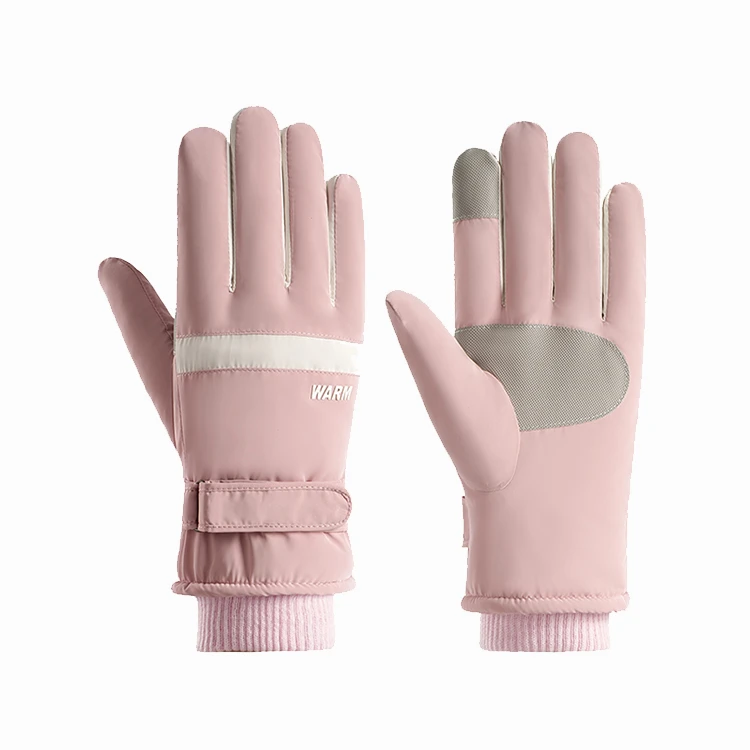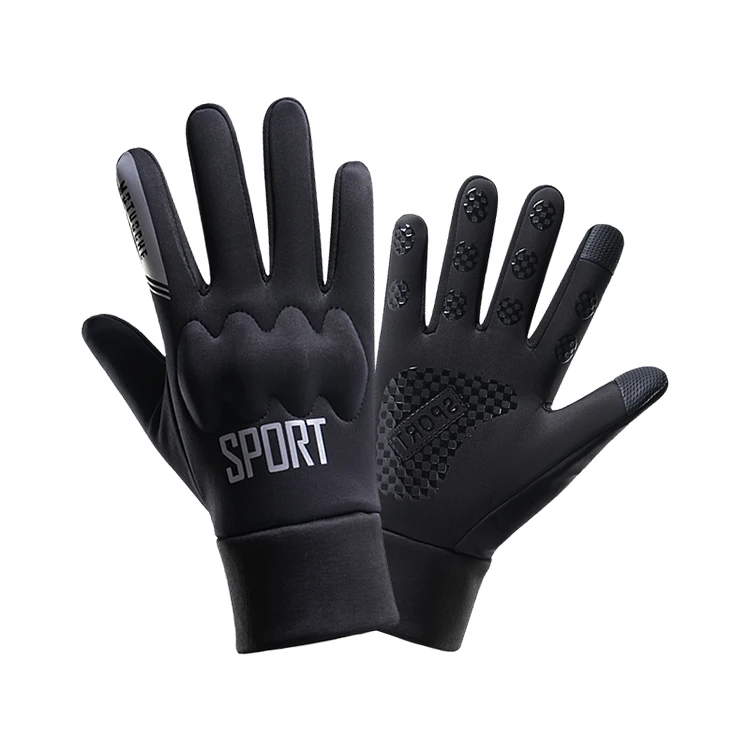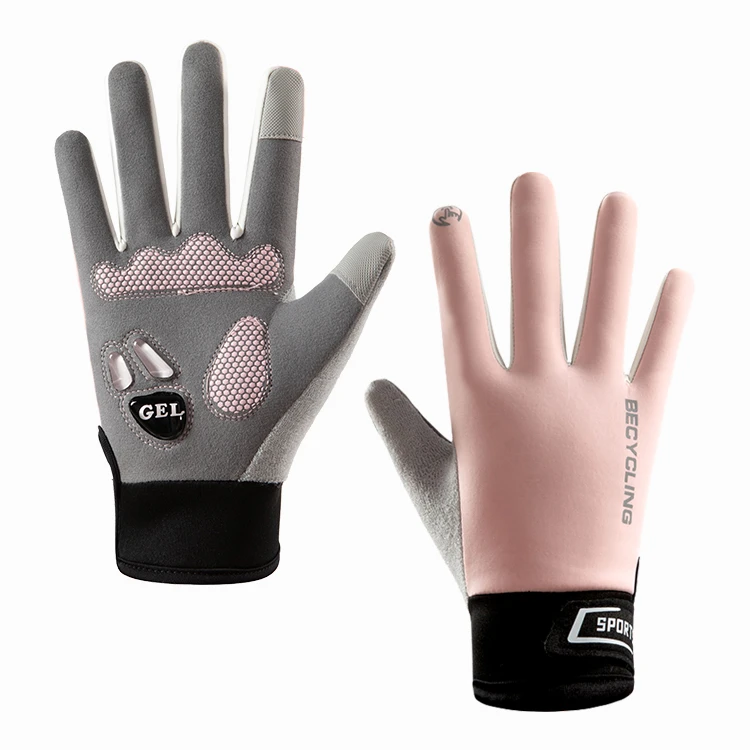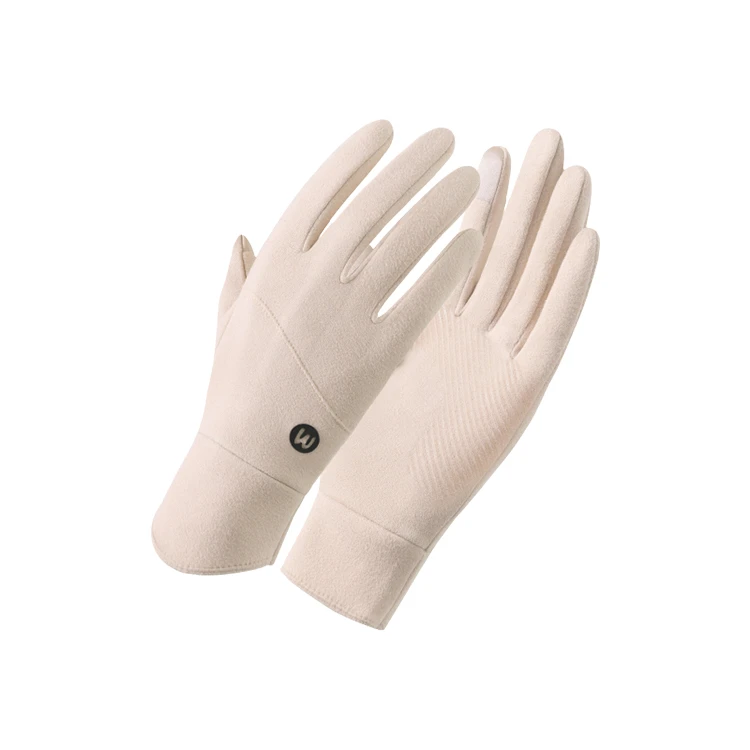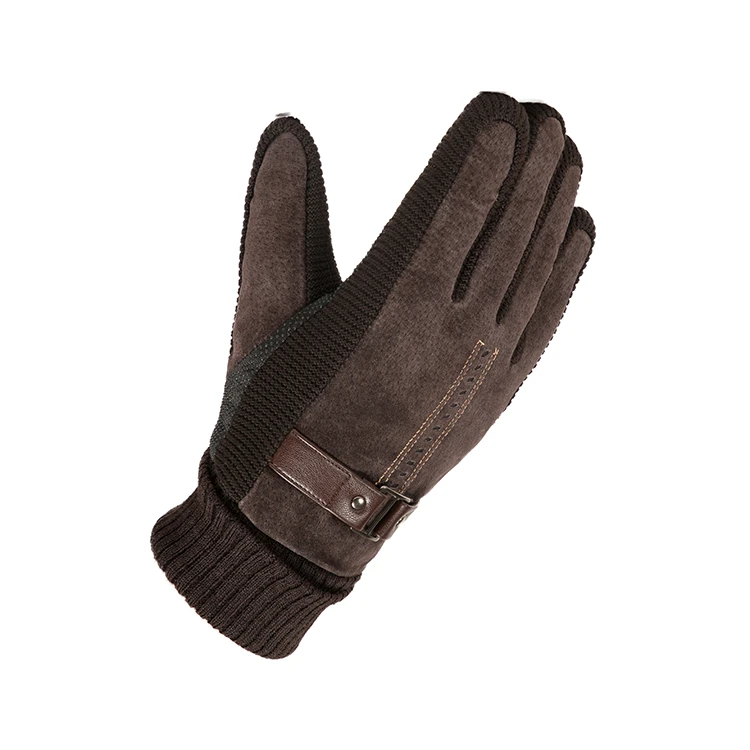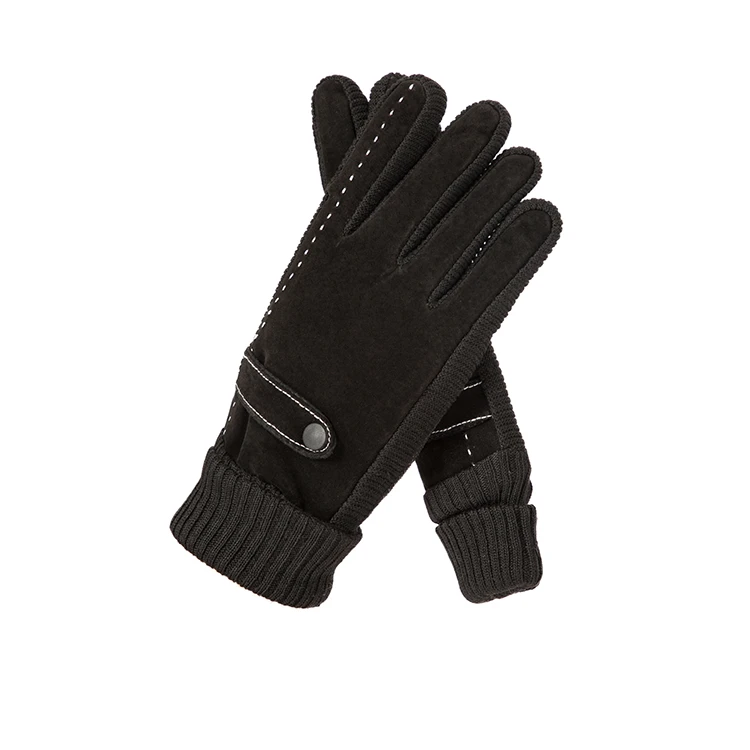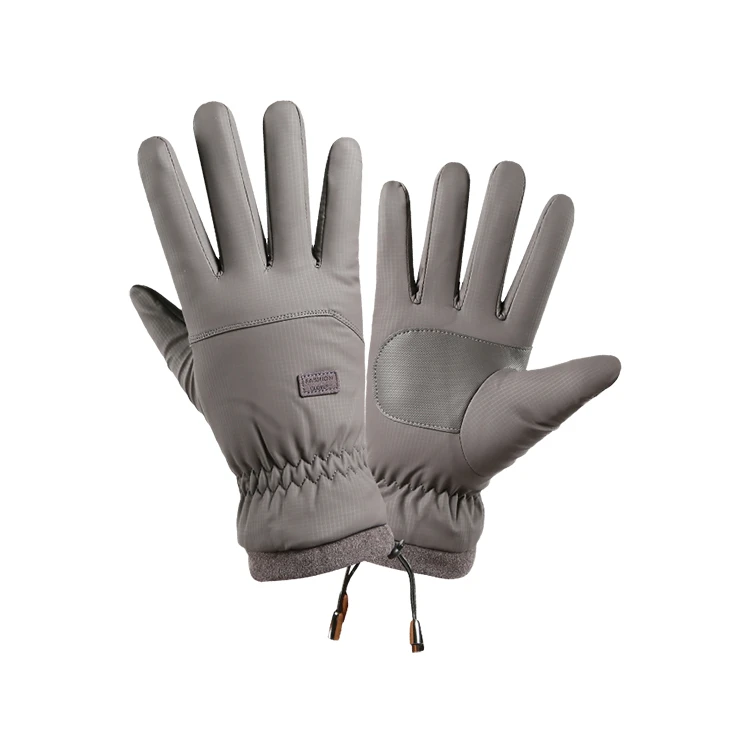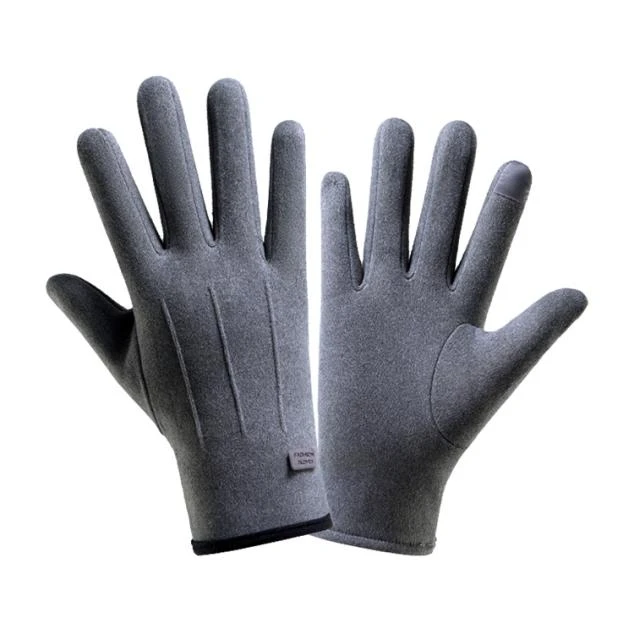|
size |
free size |
|
structure |
suture |
|
gasket |
cotton cloth |
|
length |
23cm |
|
colour |
black |
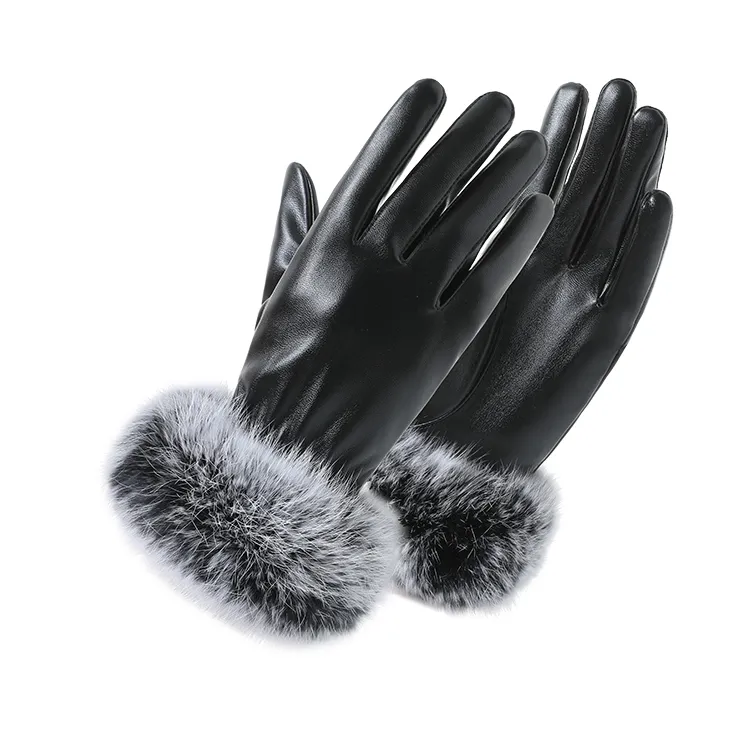
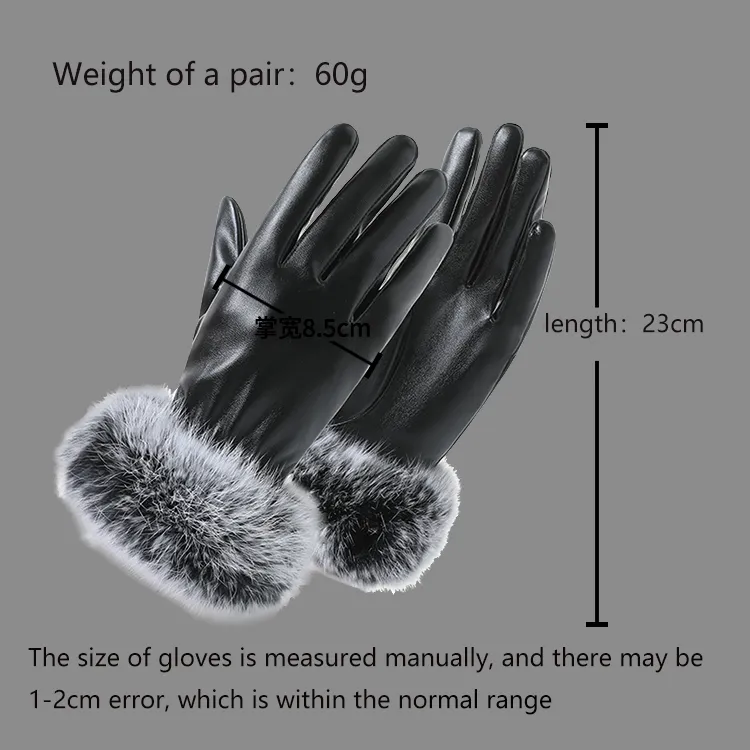
Ergonomic non-slip design
Fabric warm and comfortable
Fingertips touch the screen to free your hands
Full hand non-slip fit hand shape
67*28*52。16.72Kilo or so 200 pairs






Which Gloves Are The Warmest?
As the cold winter weather sets in, staying warm becomes essential, especially when it comes to protecting our extremities. Among the various types of winter gear, gloves play a vital role in keeping our hands warm and functional. But with so many options available, one question often comes up: which gloves are the warmest? In this article, we’ll explore the features of thermal gloves and why they’re often considered the best choice for staying warm.
Learn about warm gloves
Thermal gloves are specifically designed to provide maximum insulation and warmth. They are typically made from materials that lock in heat while wicking away moisture, ensuring your hands stay dry and comfortable. The most common materials used for thermal gloves include fleece, wool, and synthetic fibers like Thinsulate or Gore-Tex. Each of these materials has unique properties that contribute to the overall warmth of the glove.
For example, wool gloves are lightweight and provide excellent warmth. They are soft and comfortable, making them a popular choice for everyday wear. On the other hand, wool gloves are known for their natural warmth properties. Wool retains warmth even when wet, making them a solid choice for cold, wet conditions. Synthetic materials, such as Thinsulate, are engineered to provide superior warmth without being bulky, making them ideal for activities that require dexterity.
Layering for warmth
One of the key factors that determines the warmth of gloves is the concept of layering. Thermal gloves are often designed in layers to enhance their insulation properties. A common approach is to wear a thin pair of moisture-wicking gloves underneath thicker thermal gloves. This combination allows for better heat retention while managing moisture, which is essential for staying warm.Additionally, some thermal gloves have a waterproof or windproof outer layer. This is especially important in extreme weather conditions, as wind and moisture can greatly reduce the effectiveness of insulation. Gloves that combine thermal insulation with weather-resistant materials are usually the warmest choice.
FIT AND FUNCTIONALITY
The fit of the gloves also plays an important role in warmth retention. Gloves that are too loose will let in cold air, while gloves that are too tight will restrict blood circulation, resulting in cold hands. A pair of well-fitting thermal gloves should be snug and comfortable, allowing for movement without sacrificing warmth.Additionally, functionality is crucial when considering the warmest gloves. Many thermal gloves come with features like touchscreen compatibility, reinforced palms for grip, and adjustable cuffs to block out cold air. These added features ensure you can accomplish your daily tasks without sacrificing warmth.
When it comes to the warmest gloves, thermal gloves are the top choice. The combination of warm materials, layered designs, and functional features make them an ideal choice for cold weather. Whether you're shoveling snow, hiking in the mountains, or simply braving the winter cold, investing in a good pair of thermal gloves will keep your hands warm and comfortable. As you prepare for the upcoming cold months, consider the benefits of thermal gloves and choose a pair that meets your needs for warmth, fit, and functionality.
